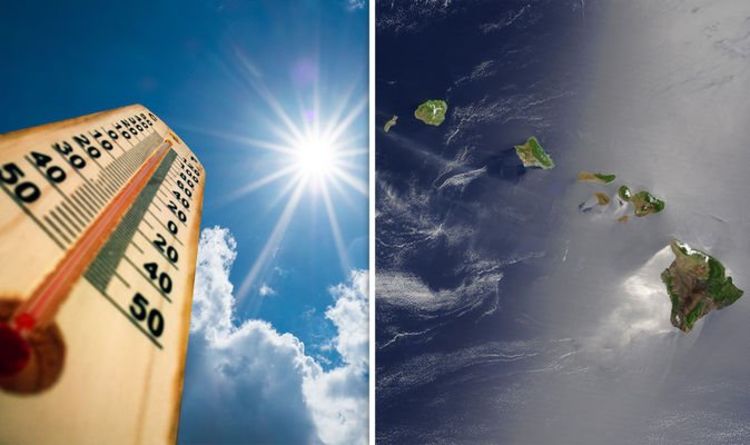
Nestled in the vast expanse of the Pacific Ocean, the picturesque islands of Hawaii have long been a beacon of natural beauty and cultural heritage. Yet, this tropical paradise faces a looming threat – global warming. As the Earth’s climate continues to warm due to human activities, the Aloha State experiences a myriad of consequences, ranging from rising sea levels to changes in weather patterns and coral bleaching. This article delves into the multifaceted impacts of global warming on Hawaii, uncovering the profound challenges faced by its ecosystems, communities, and economy.
Hawaii’s idyllic coastal communities are on the front lines of the climate crisis. Rising sea levels exacerbate erosion and inundation, endangering homes, infrastructure, and cultural heritage sites. For residents of these vulnerable areas, the looming threat of displacement becomes an unsettling reality.
Hawaii’s coastal ecosystems, including coral reefs and wetlands, are under immense pressure due to rising sea levels. Coastal habitats face degradation, leading to loss of biodiversity, threatening native species, and disrupting the delicate balance of marine life.
Global warming has intensified ocean acidification, as oceans absorb excess carbon dioxide. The resulting chemical changes in seawater have dire consequences for Hawaii’s spectacular coral reefs. Corals struggle to build their calcium carbonate skeletons, leading to bleaching events and reef degradation.
Coral reefs are vital to Hawaii’s tourism-driven economy, attracting visitors with their vibrant marine life and recreational opportunities. The deterioration of these natural wonders poses a significant economic risk, impacting local businesses and livelihoods dependent on the tourist industry.
Global warming contributes to the intensification of tropical storms and hurricanes, exposing Hawaii to more frequent and severe weather events. The increasing threat of these natural disasters heightens the challenges of disaster preparedness and recovery for the island state.
Warmer temperatures in Hawaii lead to shifts in precipitation patterns, leading to prolonged droughts and water scarcity. These changes pose critical challenges to agriculture, drinking water supplies, and the overall health of Hawaii’s unique ecosystems.
To address the challenges posed by climate change, Hawaii is turning to adaptive agricultural practices. Initiatives such as sustainable water management, regenerative agriculture, and crop diversification hold promise for maintaining food security and sustainability.
Hawaii’s communities are actively engaged in developing and implementing adaptation strategies to combat the impacts of global warming. These efforts are rooted in local knowledge and practices, harnessing the power of community-based solutions.
Drawing on indigenous wisdom and traditional knowledge, Hawaiian communities are incorporating age-old practices that promote sustainable land and resource management. This cultural heritage fosters resilience in the face of environmental challenges.
Hawaii is also investing in energy-efficient technologies and practices to minimize its carbon footprint. From smart grids to energy-efficient buildings, these efforts support sustainability and climate resilience.
The specter of global warming casts a daunting shadow over the enchanting islands of Hawaii. Rising sea levels, ocean acidification, extreme weather events, and threats to agriculture pose significant challenges to the island’s ecosystems, communities, and economy. However, Hawaii’s resilience and commitment to adaptation and mitigation strategies offer hope for a sustainable future. By acknowledging the threats and acting collectively, Hawaii serves as a beacon of inspiration for the global community in the fight against the consequences of global warming.
Continuing to address the impacts of climate change, Hawaii is forging a path towards a more resilient and sustainable future for the Aloha State and the planet as a whole.